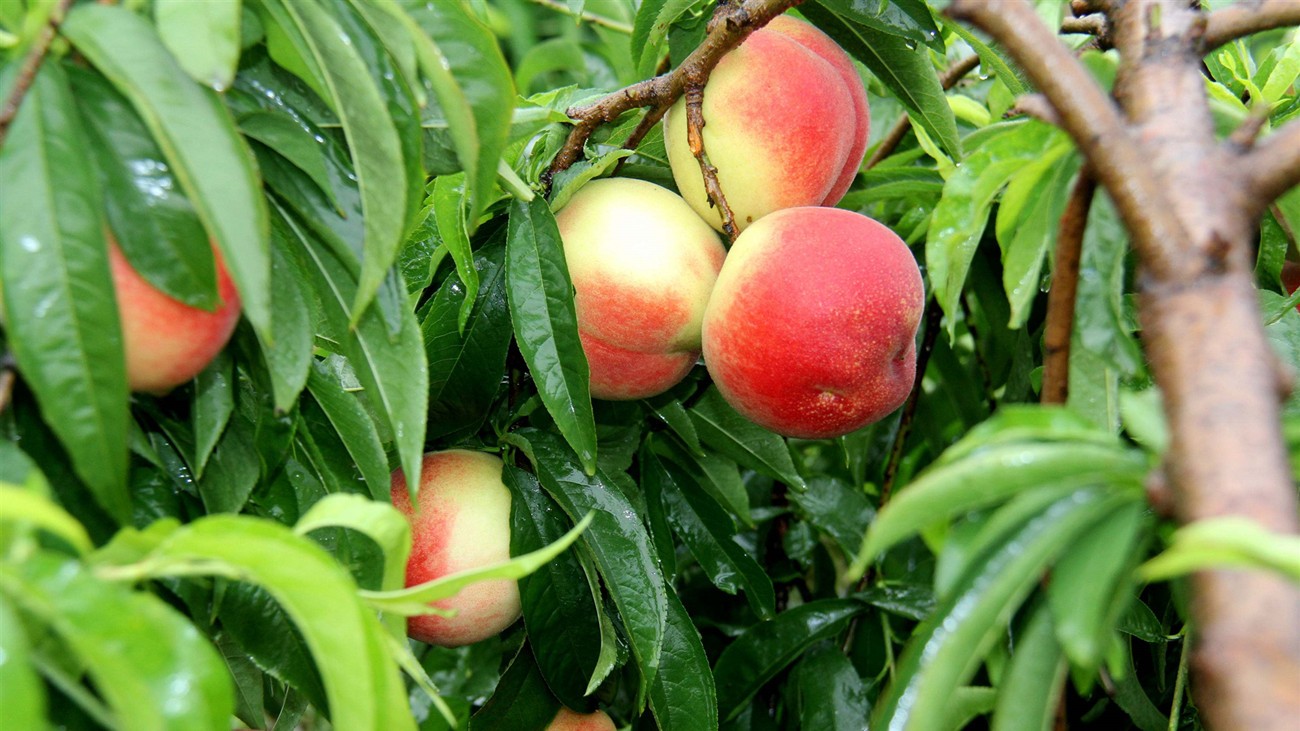
Top dressing is also called composting. The base fertilizer is gentle in its ability to meet the nutrients that are urgently needed for growth and development, and to supplement the fertilizer at different stages of the results. Generally applied 2-3 times, the first application before the hard core period, with nitrogen as the main compound with phosphorus and potassium fertilizer, the topdressing amount accounts for 20%-40% of the annual topdressing amount; the middle and late mature varieties before the fruit hypertrophy period The second top dressing (premature varieties can be exempted), generally 20-30 days before picking, mainly nitrogen and potassium fertilizer, but need to pay attention to nitrogen fertilizer should not be too much, otherwise stimulate the growth of new shoots, but form a pre-harvest fruit drop The third top dressing is applied after picking, which serves to supplement the nutrients consumed by the results, improve the assimilation function in the later period, increase the accumulation of nutrients in the tree, and promote the differentiation of flower buds to improve the quality. Nitrogen is mainly combined with phosphorus and potassium fertilizer. Very late-maturing varieties can be applied before harvesting, and early-maturing varieties should be applied early.
The above top dressings are applied in the soil. At present, some of them use the method of foliar spray to carry out top dressing, which is commonly called root dressing. The method is simple and easy to implement, and the application amount is small, and the effect is fast. In the water-deficient areas, water-deficient seasons, hillsides, densely planted land and grassland, it is possible to use grass and fruit trees to reduce nutrients. However, although this method has its advantages, it can only be interlaced with soil topdressing and complement each other. The effect of using it alone is not as good as that of soil topdressing.
Spray fertilizer must use easily soluble fertilizer, the concentration can not be high, otherwise it will cause harm. The commonly used nitrogen fertilizers are urea, ammonium sulfate, ammonium nitrate, etc., and urea is preferred. Because urea is an organic nitrogen, it is easily absorbed by plants and has no toxic side effects. Inorganic ammonium sulfate is harmful to the growth of peach trees due to the accumulation of sulfate or the like. The concentration is 0.3%-0.5%, the temperature is high, the drought is dry, the leaves are tender, and the concentration should be lower. The phosphate fertilizer is superphosphate, ammonium phosphate, potassium dihydrogen phosphate, etc. The spraying of phosphate fertilizer is beneficial to promote the growth of new shoots, flower bud differentiation and quality improvement, and the concentration is preferably 0.5%-1.0%. Potassium fertilizers include potassium chloride, potassium sulfate, potassium dihydrogen phosphate, etc., and grass grey water can also be used. It is preferred to use potassium sulfate and potassium dihydrogen phosphate. The commonly used concentration is 0.3%-0.5%, and the concentration of the ash leaching solution (clarified liquid) is 2%-3%. Spraying period can be carried out from bud opening to harvesting, and can be sprayed in combination with spraying. It is recommended that you use Fuyusu Humic Acid Water Soluble Fertilizer, which is converted from organic matter, which is rich in nutrients required by plants, and can improve soil compaction, acidification and other problems, including humic acid The main fulvic acid is greatly helpful for improving crop yield and quality, and can improve plant resistance and make plants grow healthier.
Feed Additives are divided into microbial feed additives and Chinese herbal feed additives. Among them, microbial feed additive is a kind of microbial products that replace or balance one or more strains in animal ecosystem. In a narrow sense, it is a kind of microbial products that can stimulate the reproduction and growth of beneficial bacteria while resisting the growth of harmful bacteria. Microbial feed additives containing a large amount of beneficial bacteria (active lactobacillus, bifidobacterium, bacillus), compound enzyme, chelating peptide, mildew remover, etc., as the inside of livestock and poultry feed, can rapid reproduction, on the one hand, in bacterial metabolites and gut endotoxin inhibits the growth of other harmful flora, on the other hand, it formed the normal microbial flora in the host, Synthesize the main vitamins for the host, provide nutrition and prevent the invasion of pathogenic bacteria.
There are many different feed additives in category. There are vitamins, amino acides, antibiotics, Trace elements,Buffer feed, flavor agents, Hormonal additives, herbal additives etc.
Feed Grade Cinnamon Powder,Bacillus Licheniformis Powder,Brewers Yeast For Feed Additive,Agricultural Chitosan Oligosaccharide
Allied Extracts Solutions , https://www.nballiedbiosolutions.com